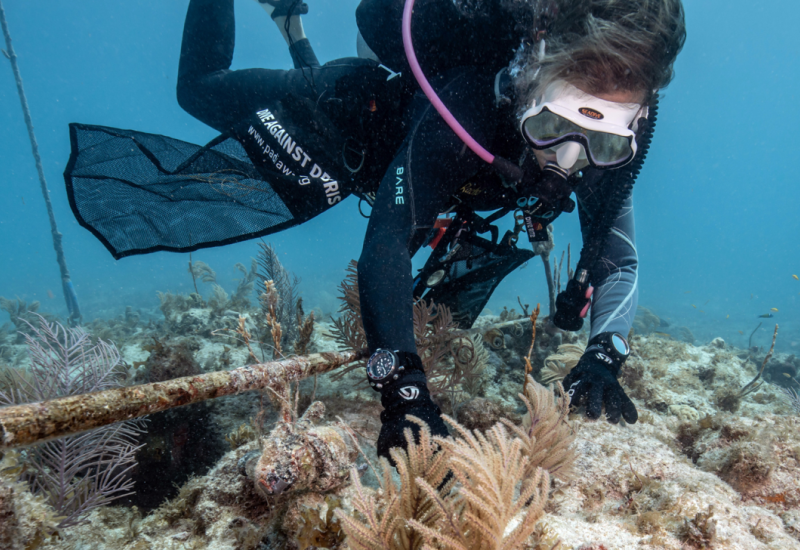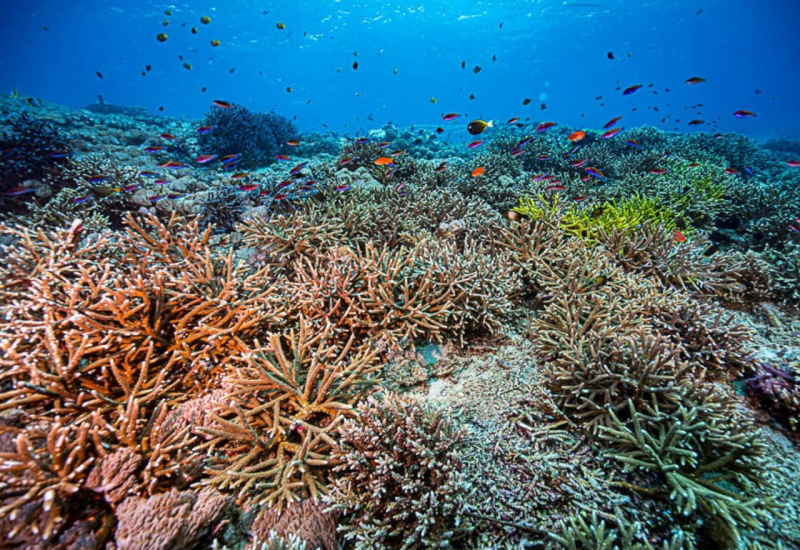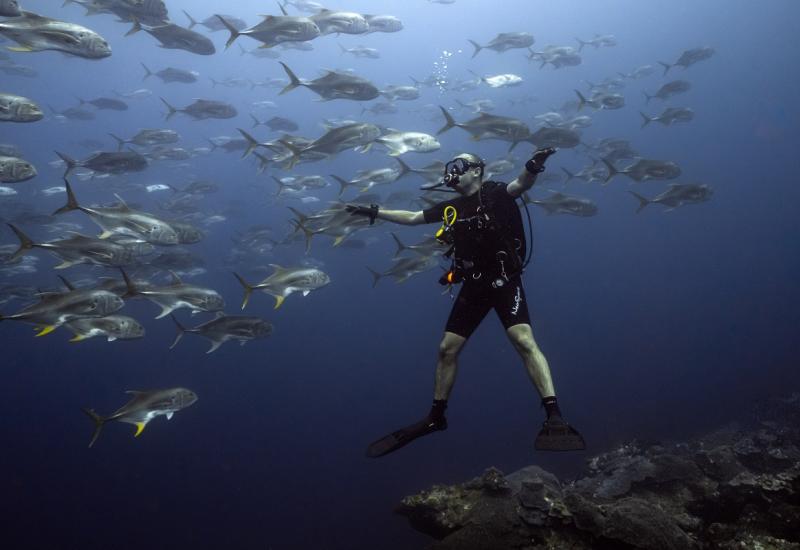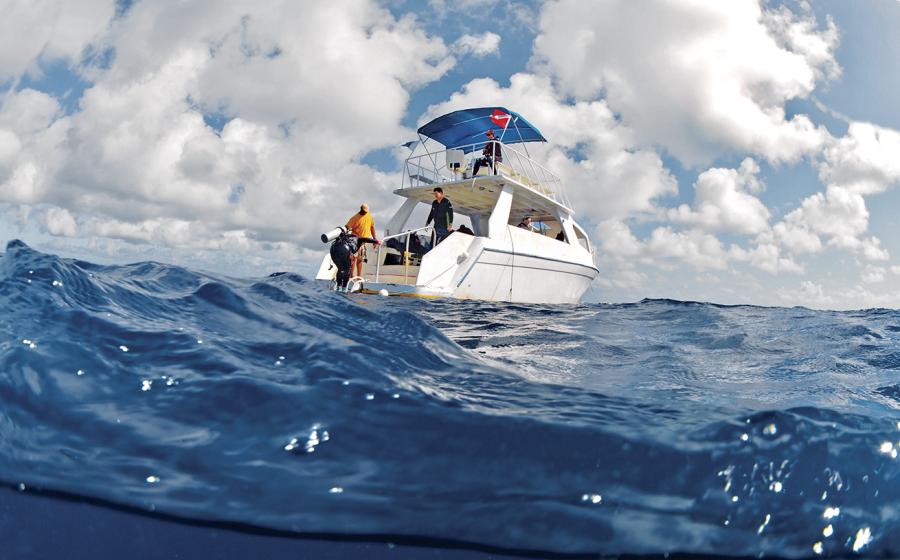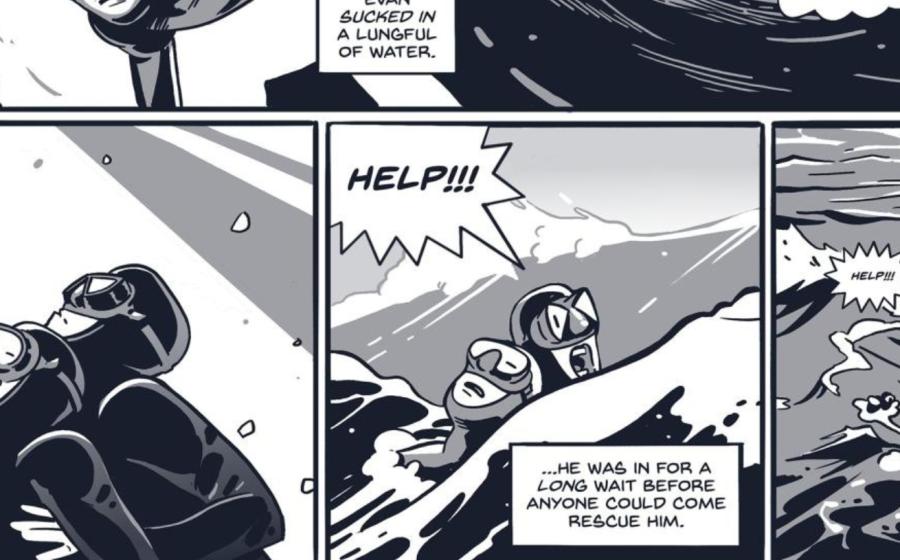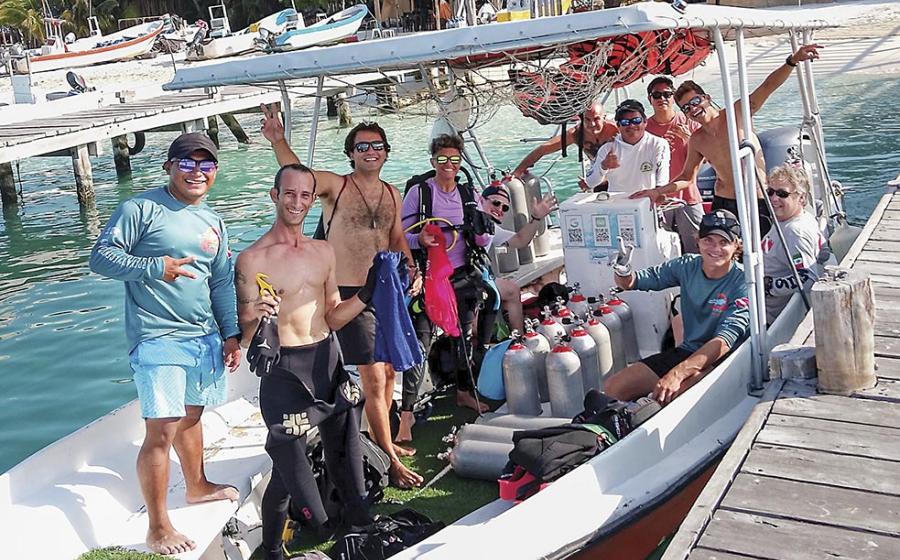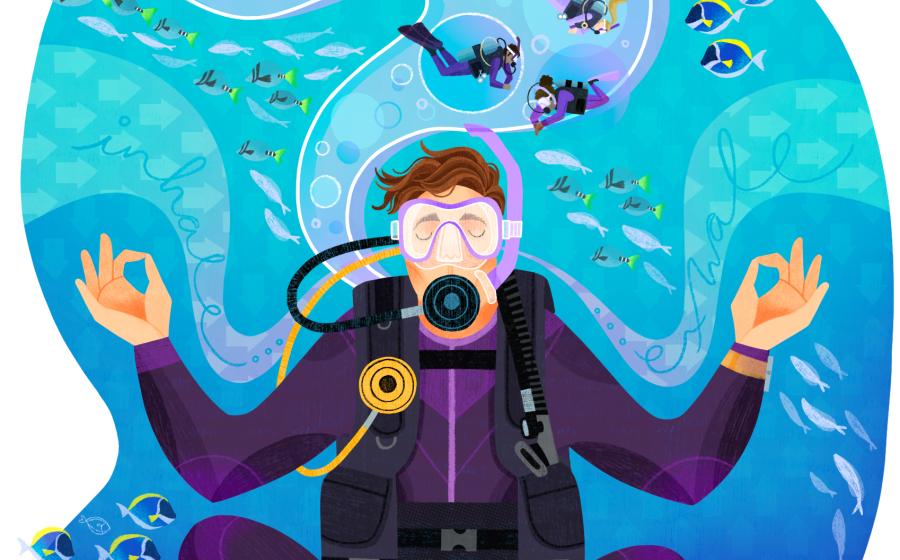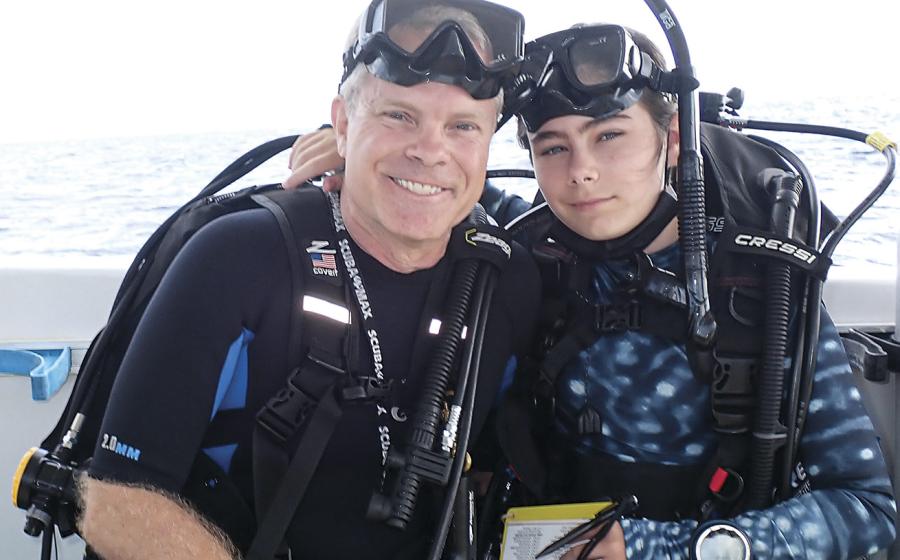Oil Spill Disasters: Saving the Victims
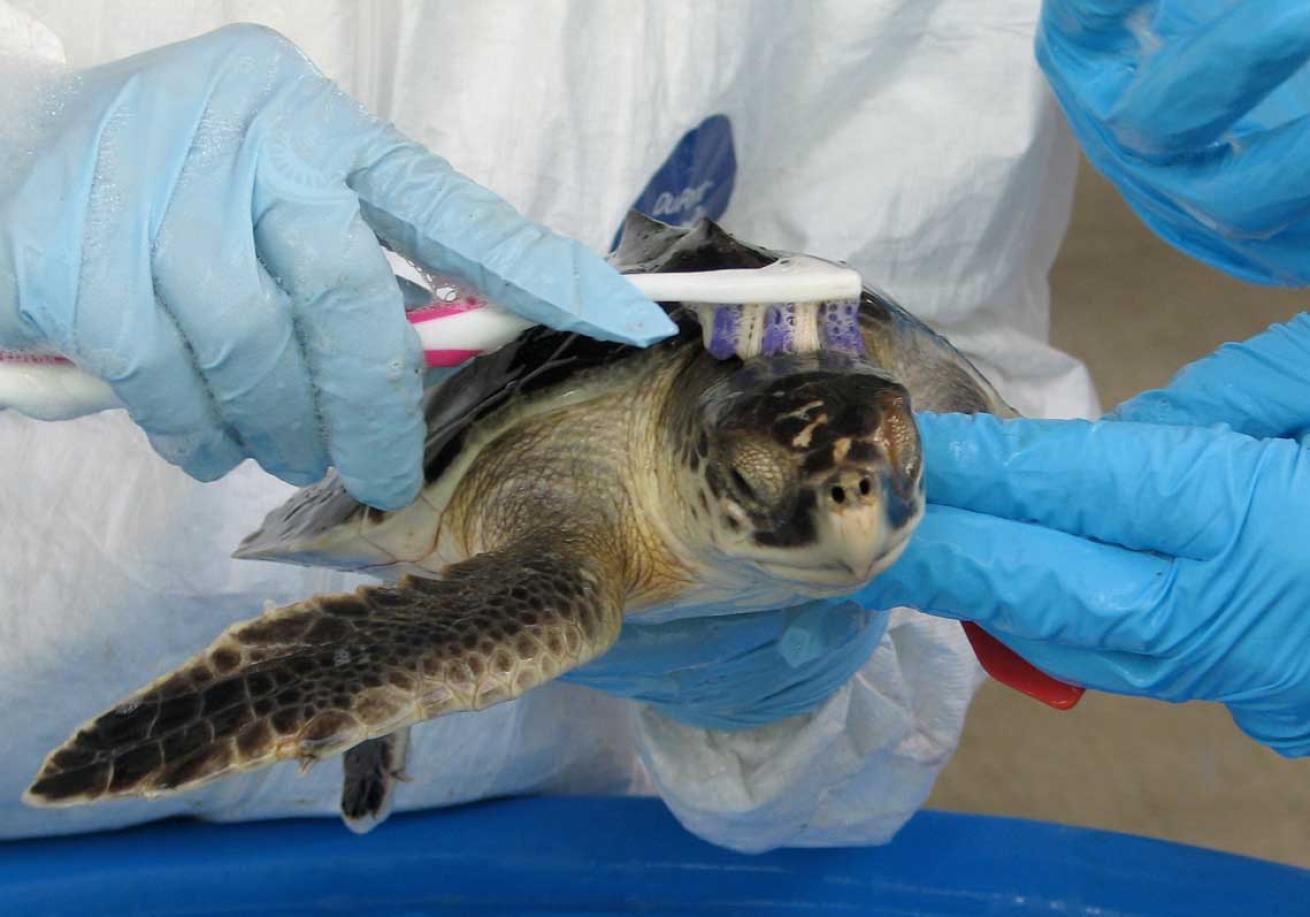
Sylvia Wright/University of California at DavisAudubon Nature Institute veterinary technician uses a toothbrush to clean oil from a juvenile Kemp’s ridley sea turtle, the most endangered sea turtle in the world, after the Deepwater Horizon oil spill in the Gulf of Mexico in 2010.
Protecting Turtle Nests and Hatchlings
Wildlife conservation organizations not only assisted in the rescue and clean up of sea turtles in the spill, they also focused on the turtle nests and hatchlings. To prevent young sea turtles from entering the oil-polluted water, 278 turtle nests were relocated by the team effort of Fish and Wildlife Service, NOAA, Florida Fish and Wildlife Conservation Commission, NASA and more.
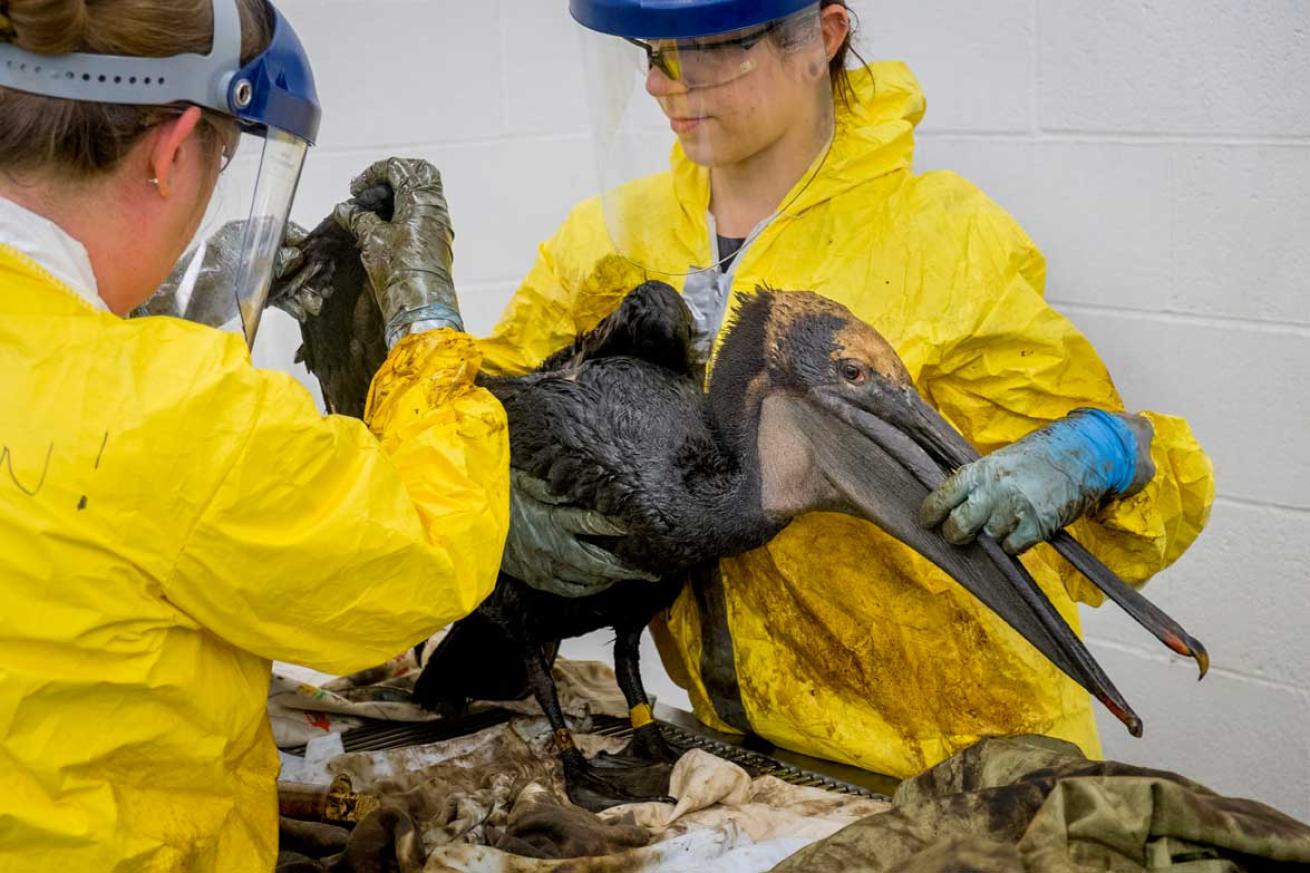
Joe Proudman, UC DavisErin Kellogg (left) and Lisa Robinson (right), rehabilitation technicians with International Bird Rescue, begin cleaning an oiled brown pelican at the Los Angeles Oiled Bird Care and Education Center in San Pedro, Calif. on Saturday May 23, 2015. The pelican was caught in the oil spill near Refugio State Beach in Santa Barbara County. Team members from the UC Davis Oiled Wildlife Care Network are coordinating with the wildlife response to the oil spill.
How does oil affect pelicans?
Pelicans rely heavily on their feathers for warmth and their ability to take flight in order to hunt or escape predators, which is one reason oil-coated feathers are problematic for these animals.
Many birds try to clean the oil off their feathers themselves, however, swallowing oil is poisonous.
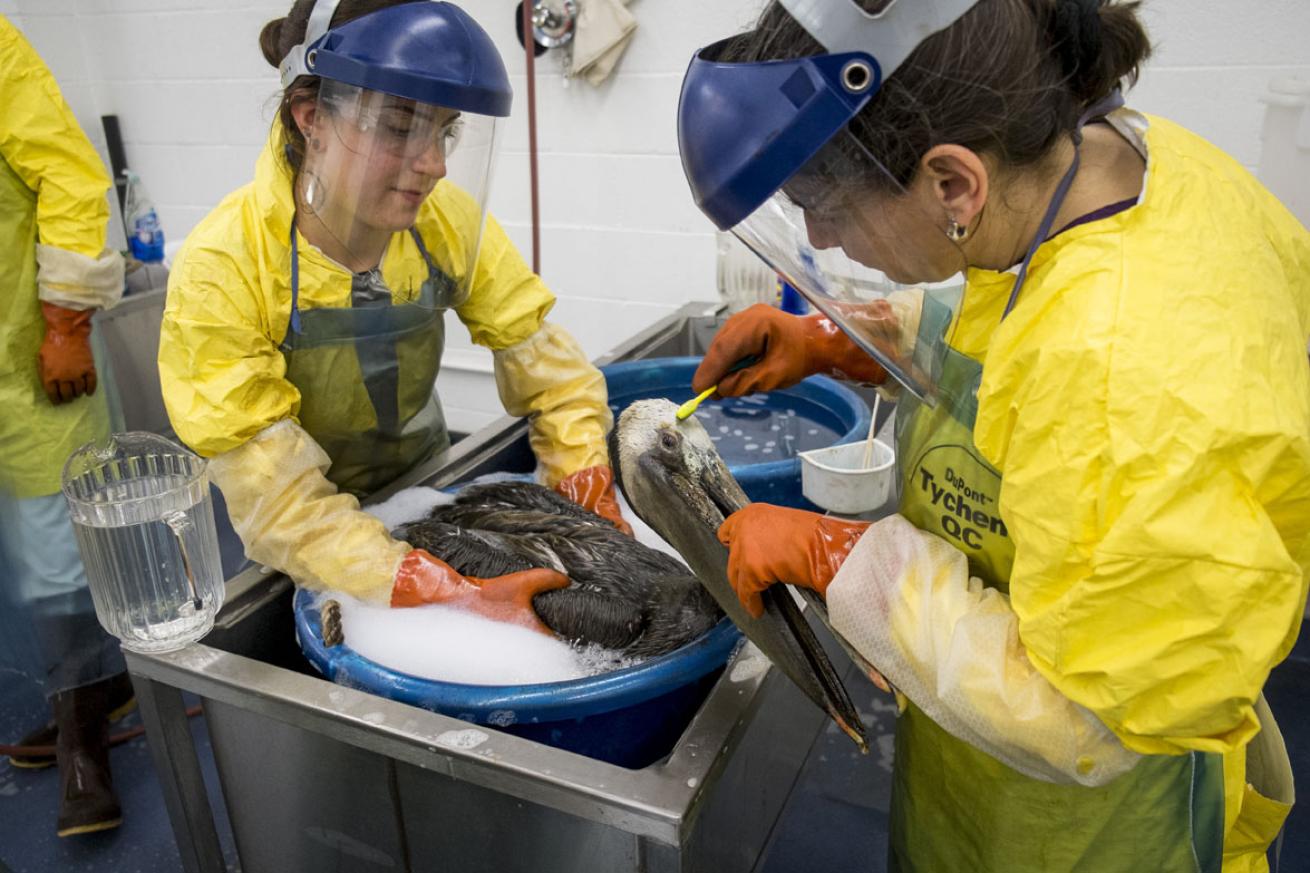
Joe Proudman, UC DavisChristine Florello (right), an Oiled Wildlife Care Network response veterinarian, and Lisa Robinson (left) with International Bird Rescue, clean an oiled brown pelican at the Los Angeles Oiled Bird Care Education Center in San Pedro, Calif. on Saturday May 23, 2015.
What is the process with pelicans’ recovery?
Rescued birds must be stabilized to regain their strength before being released back into their environment because they tend to suffer from dehydration, malnourishment and infection as a result from an oil spill.
Pelicans had the highest survival rate among all the species of birds recovered from the Refugio oil spill. Out of the 67 pelicans that wildlife responders recovered, a whole 42 pelicans were live.
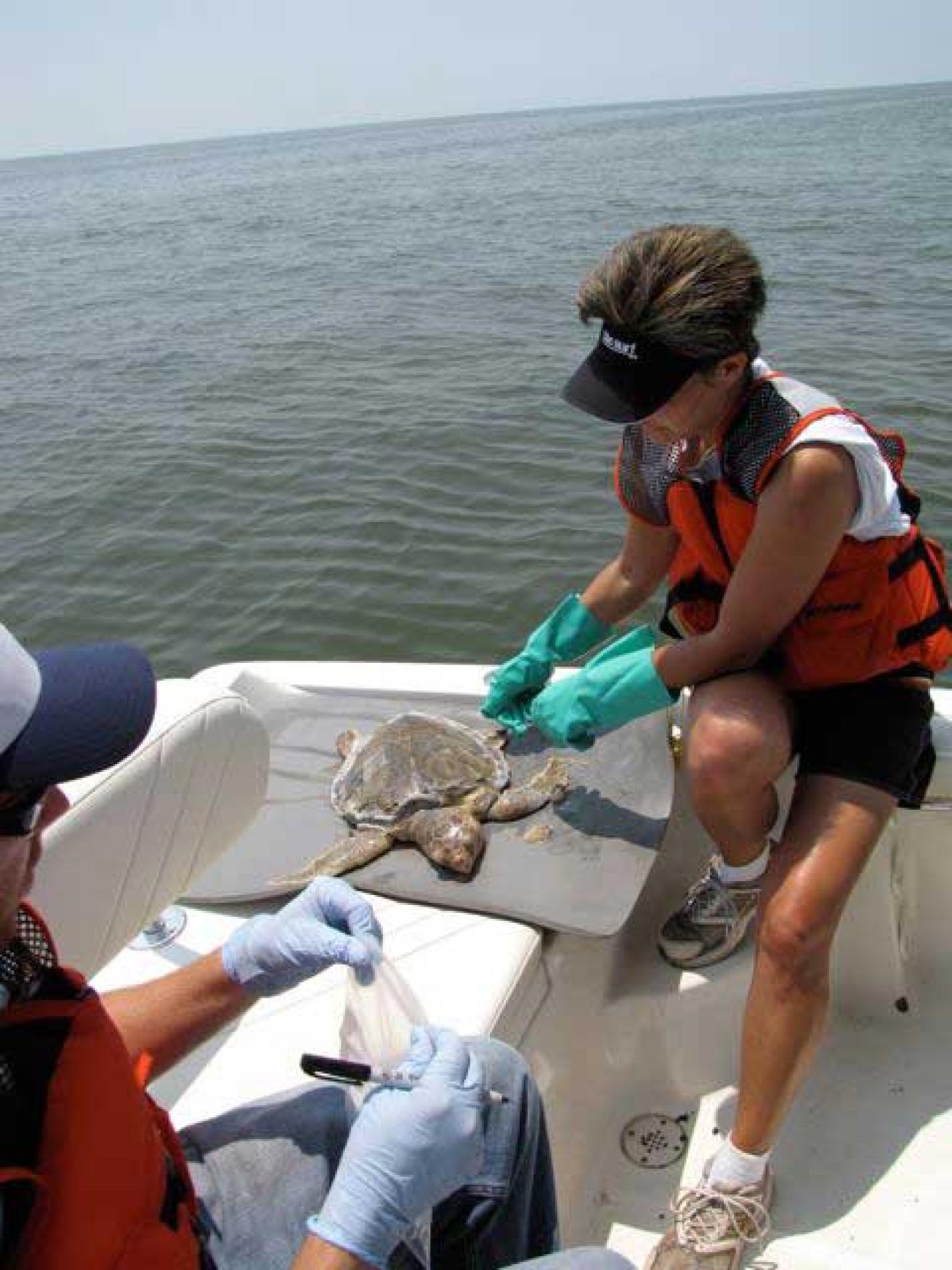
NOAAShawn Murakawa and Dr. T. Todd Jones of NOAA’s Pacific Islands Fisheries Science Center prepare to swab a stiff Kemp’s ridley sea turtle in inshore waters of Mississippi after the Deepwater Horizon oil spill in 2010.
Sea turtles and the oil spill
Of the 5 sea turtle species that live in the Gulf of Mexico, more than 1,000 sea turtles were gathered from the spill area – 450 of those sea turtles showed clear symptoms of oiling.
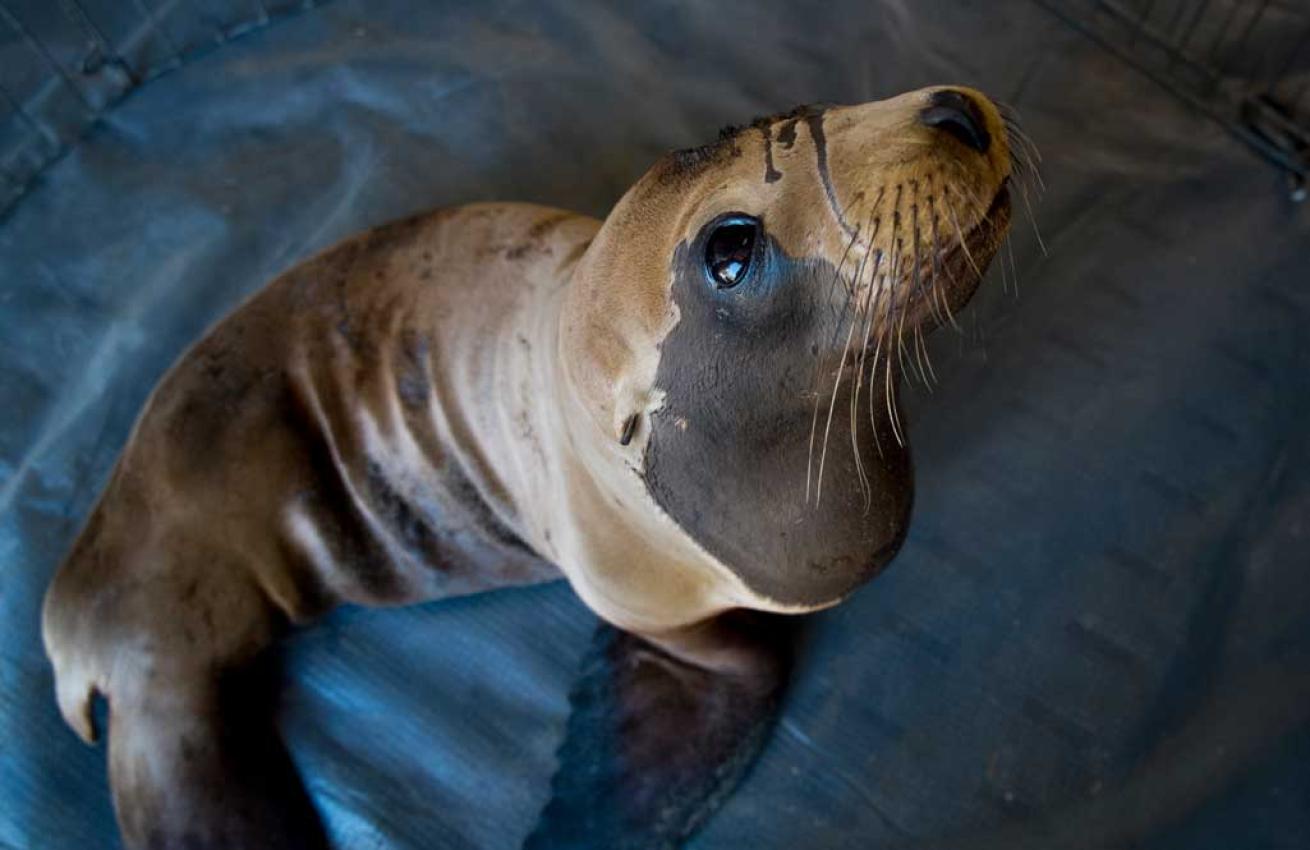
Joe Proudman, UC DavisA sea lion is stabilized at Refugio State Beach near Goleta, Calif. on May 24 before being transported to Sea World in San Diego for additional care. A patch of oil is visible on its head.
How many California sea lions were affected by this oil spill?
About 136 sea lions were involved in the oil spill, with 55 of them rescued and 81 dead.
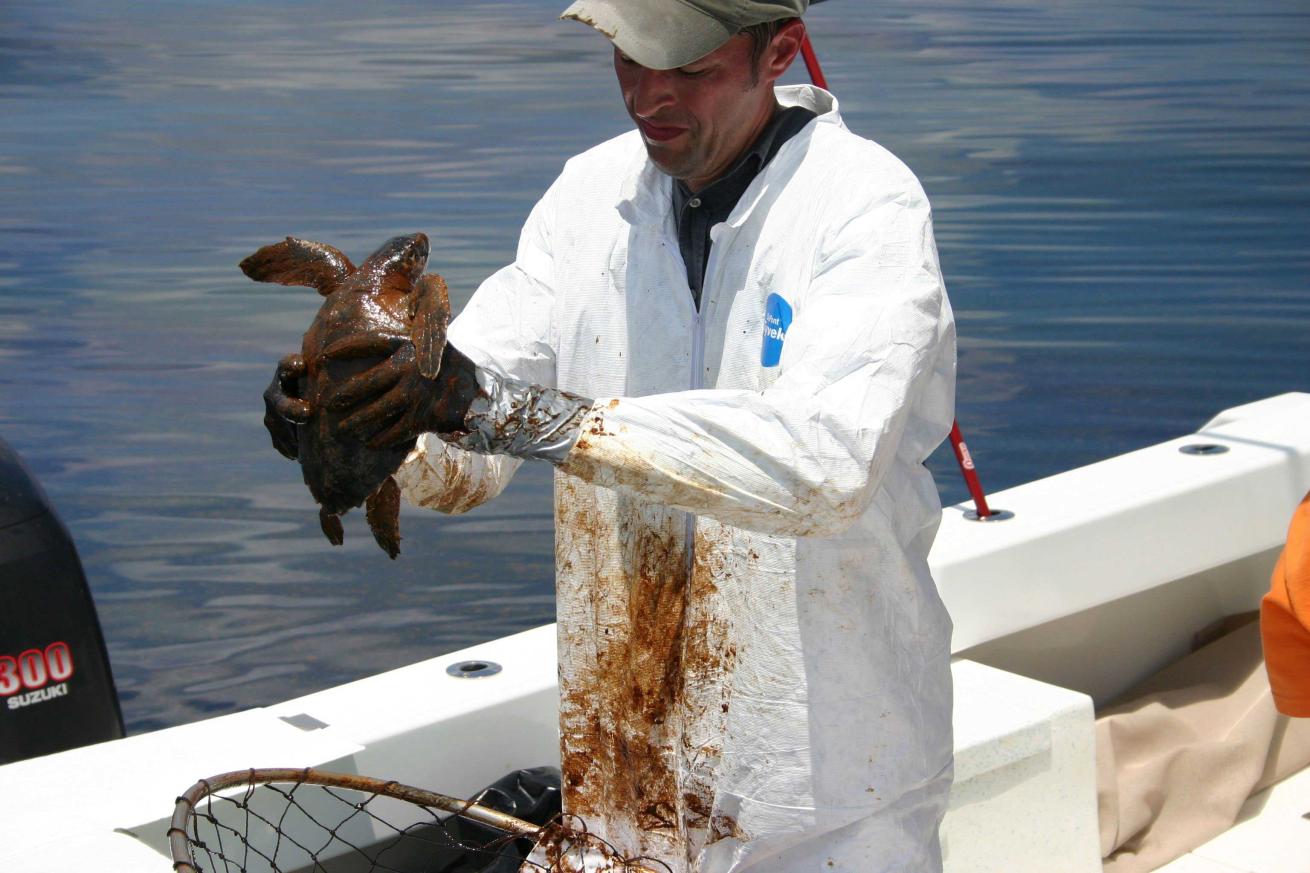
NOAA and Georgia Department of Natural ResourcesDr. Brian Stacy, NOAA veterinarian, prepares to clean an oiled Kemp’s Ridley turtle after the oil spill in the Gulf of Mexico in 2010.
How Does Oil Affect Sea Turtles?
Oil is deadly to sea turtles, causing damage to organs, the immune system and the reproductive system. Some turtles have accidentally made tar balls for food and directly ingested the toxic substance. When surfacing for air in an oil-polluted area, sea turtles may even inhale oil.

Carolyn Cole/LA TimesOne of 10 Kemp’s Ridley turtles recovered by a team of sea turtle experts from NOAA and the University of Florida. The team recovered oiled and endangered turtles in the Gulf of Mexico, near the site of the Deepwater Horizon oil spill.
Kemp’s ridley turtles, the most endangered sea turtle, were greatly affected by the oil spill because they live their entire life in the Gulf of Mexico.
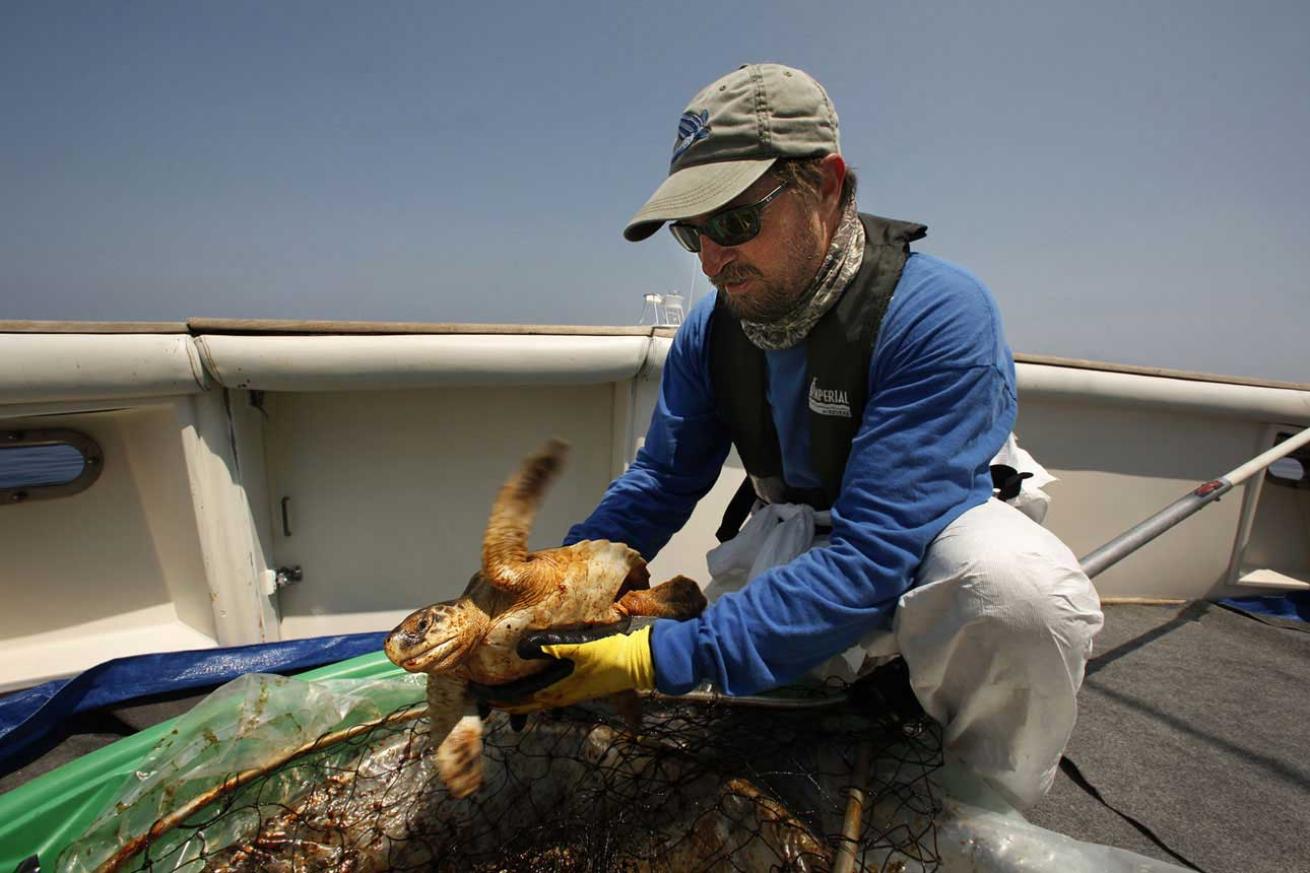
Carolyn Cole/LA TimesBlair Witherington, of Florida Fish and Wildlife Conservation Commission, recovers an oiled, endangered Kemp’s Ridley turtle within 20 miles of the site of the Deepwater Horizon accident. Witherington and a team of sea turtle experts from NOAA and the University of Florida were working to recover oiled and endangered turtles in the Gulf of Mexico.
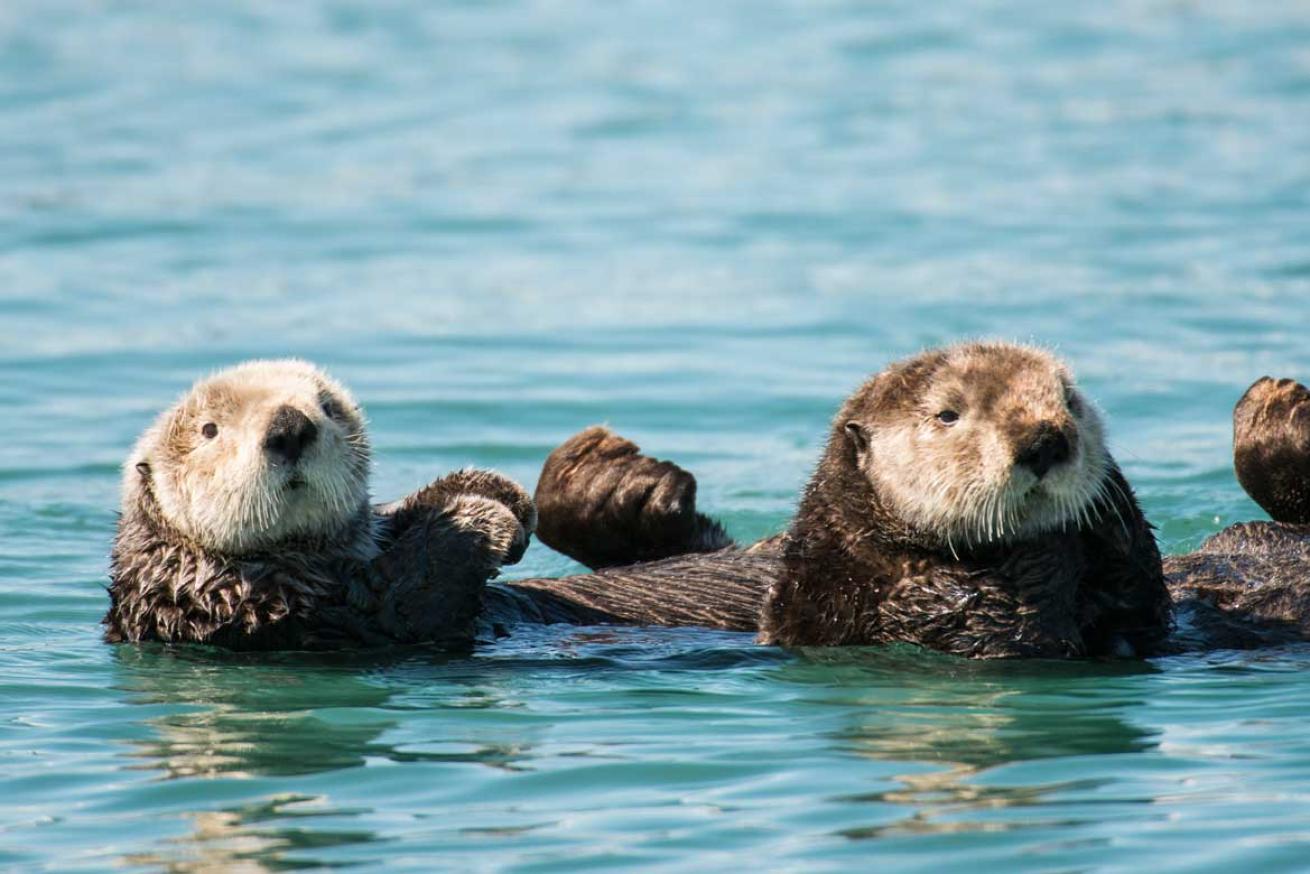
iStock/FrankhildebrandTwo sea otters relax on the surface of the ocean years after the Exxon Valdez oil spill.
How Many Sea Otters Were Affected by the Oil Spill?
Of the 6,500 sea otters living in Alaska's William Sound, the _Exxon Valdez _oil spill in 1989 killed an estimated 40 percent of them. Scientists studied the long-term affects and noticed an increase in dead adult sea otters in 1990 and 1991. Additionally, scientists noticed an unusually high juvenile death rate in sea otters in 1993.
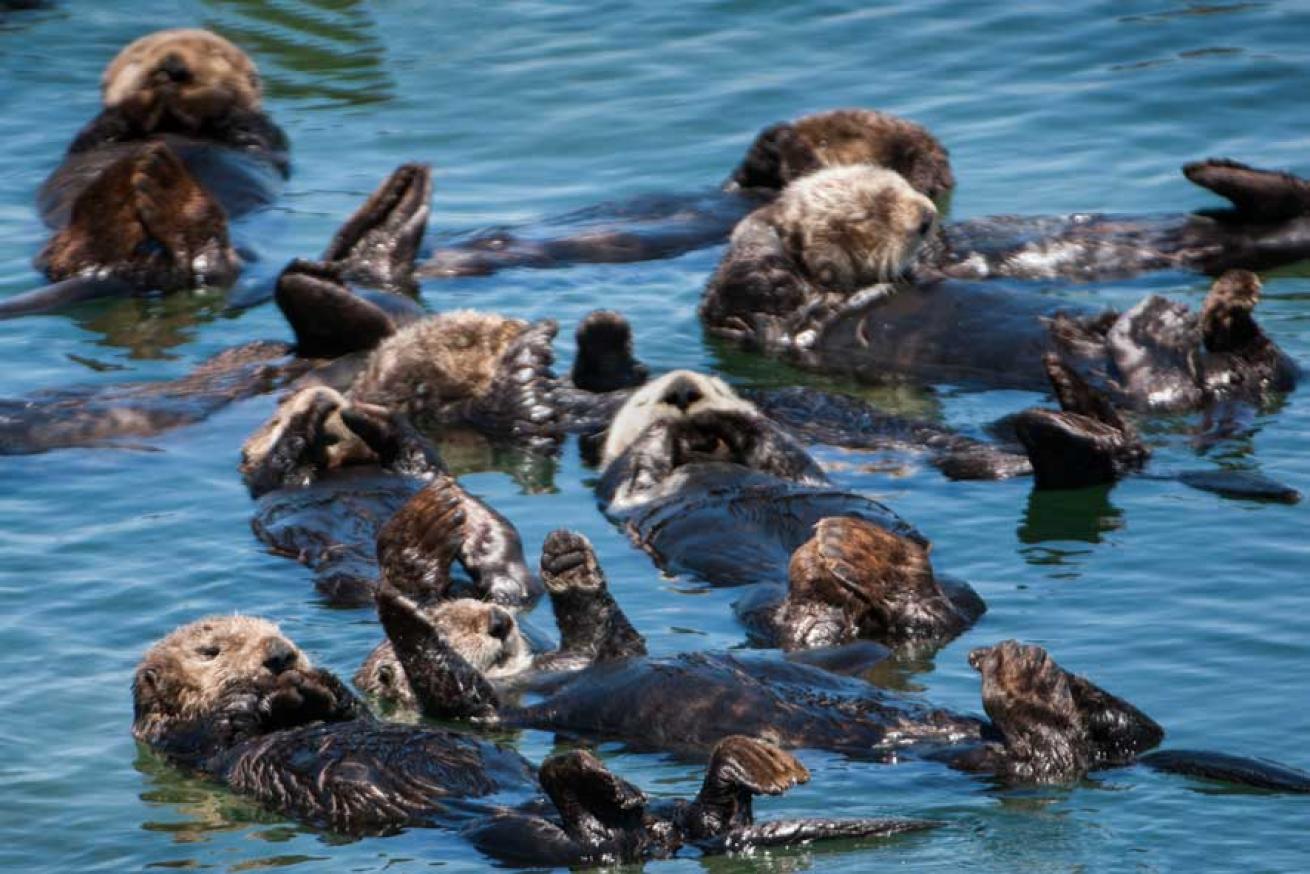
iStock/GomezDavidA group of sea otters rest in calm water together years after the Exxon Valdez incident.
How Does Oil Affect Sea Otters?
Oil-soaked fur coats impair otters' ability to keep warm. Since otters are usually at the ocean's surface, they can easily be at risk during an oil spill.
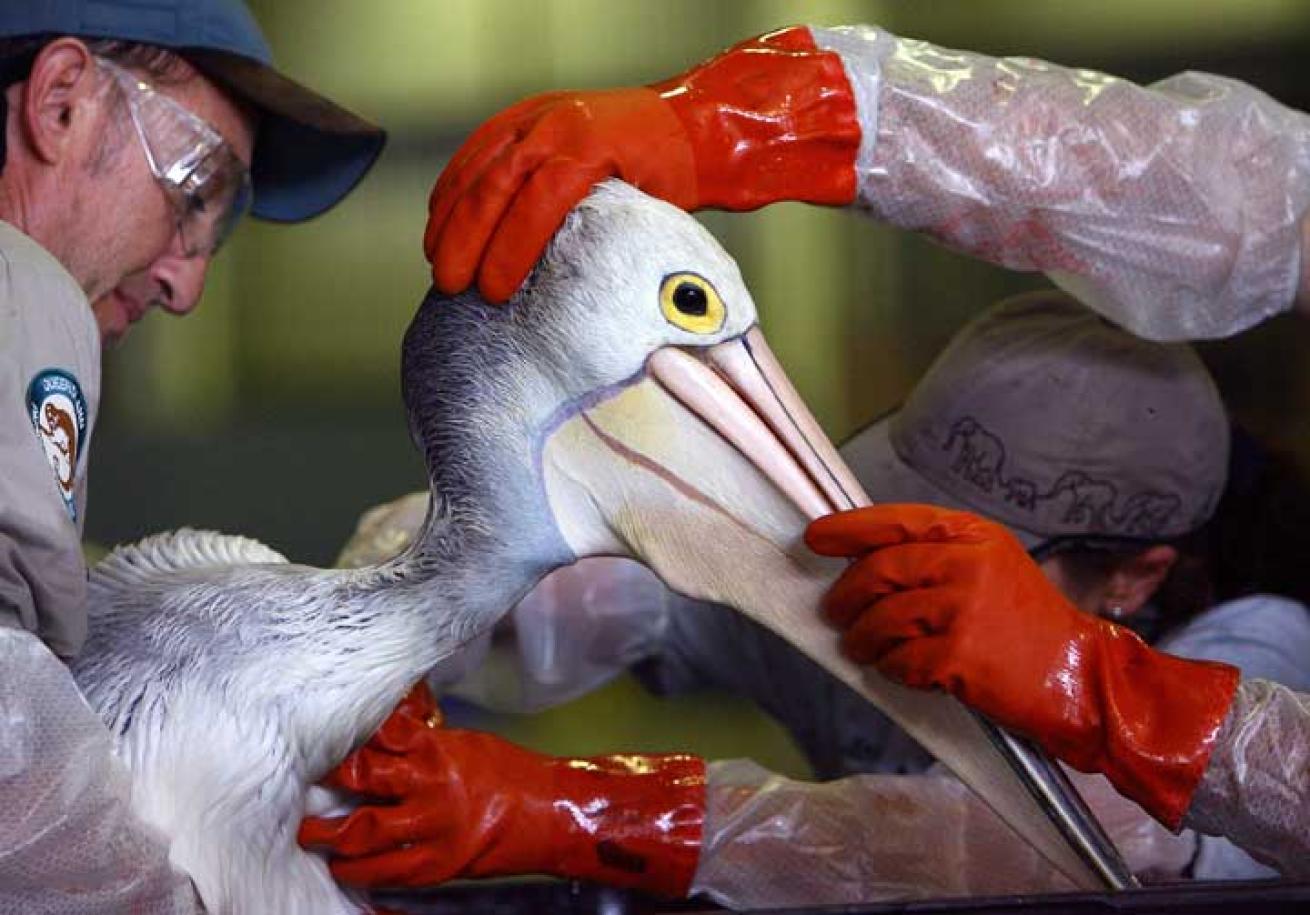
Bradley KanarisA pelican is cleaned of oil deposits by members of the Environmental Protection Agency (EPA) at a temporary cleaning facility following the 'Pacific Adventurer' oil spill disaster off Moreton Island at Fort Lytton on March 19, 2009 in Brisbane, Australia. A huge oil slick engulfed the coastal areas surrounding Moreton Island after the vessel lost cargo overboard in Cyclone Hamish, which subsequently punctured the ship and caused the spill.
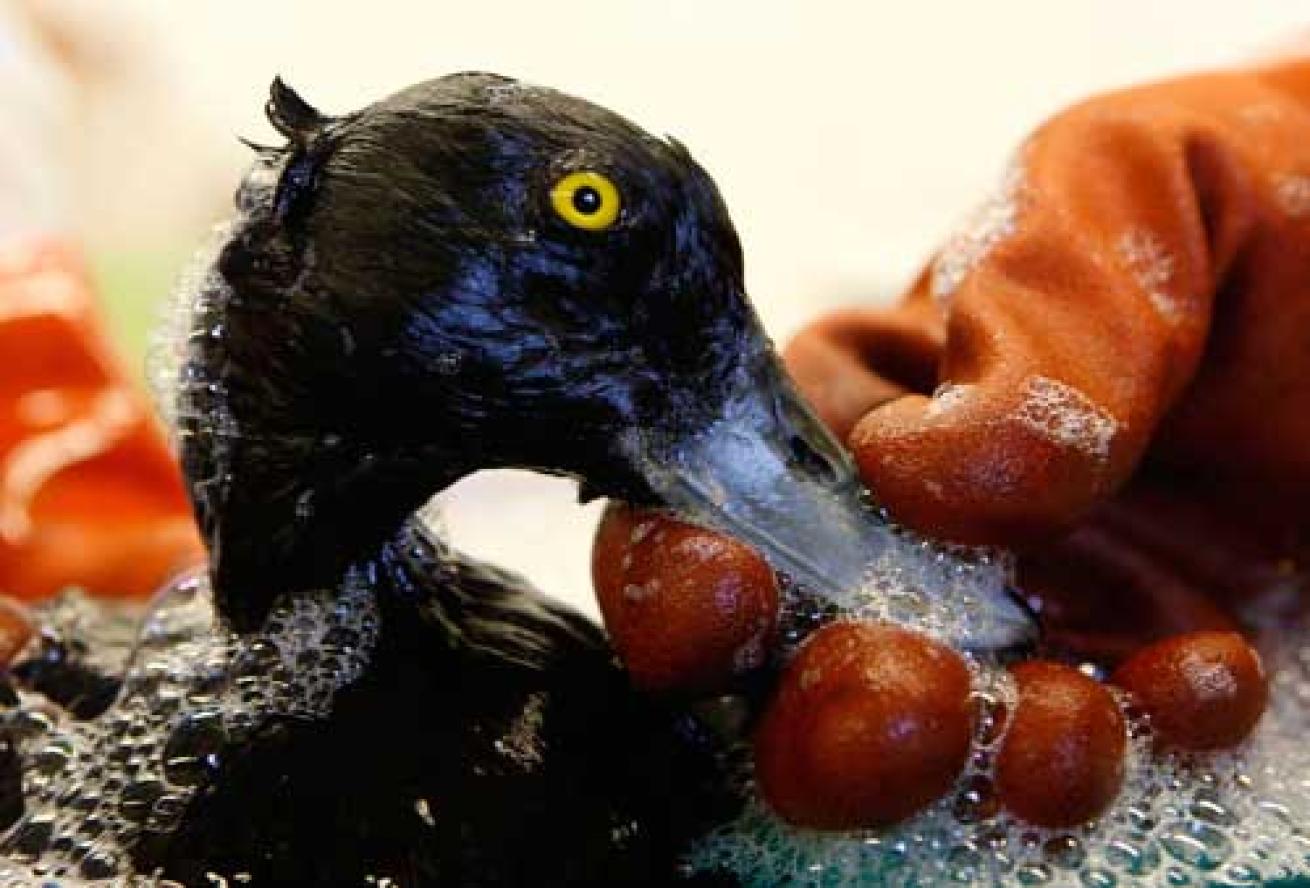
Justin SullivanAn oil-soaked bird is washed at the San Francisco Bay Oiled Wildlife Care Center November 16, 2007 in Cordelia, California. About 949 oil-soaked birds were collected alive and 933 were found dead as clean up continues and a criminal investigation is underway following a maritime accident with the container ship Cosco Busan striking the base of the Bay Bridge, releasing 58,000 gallons of oil into the bay.
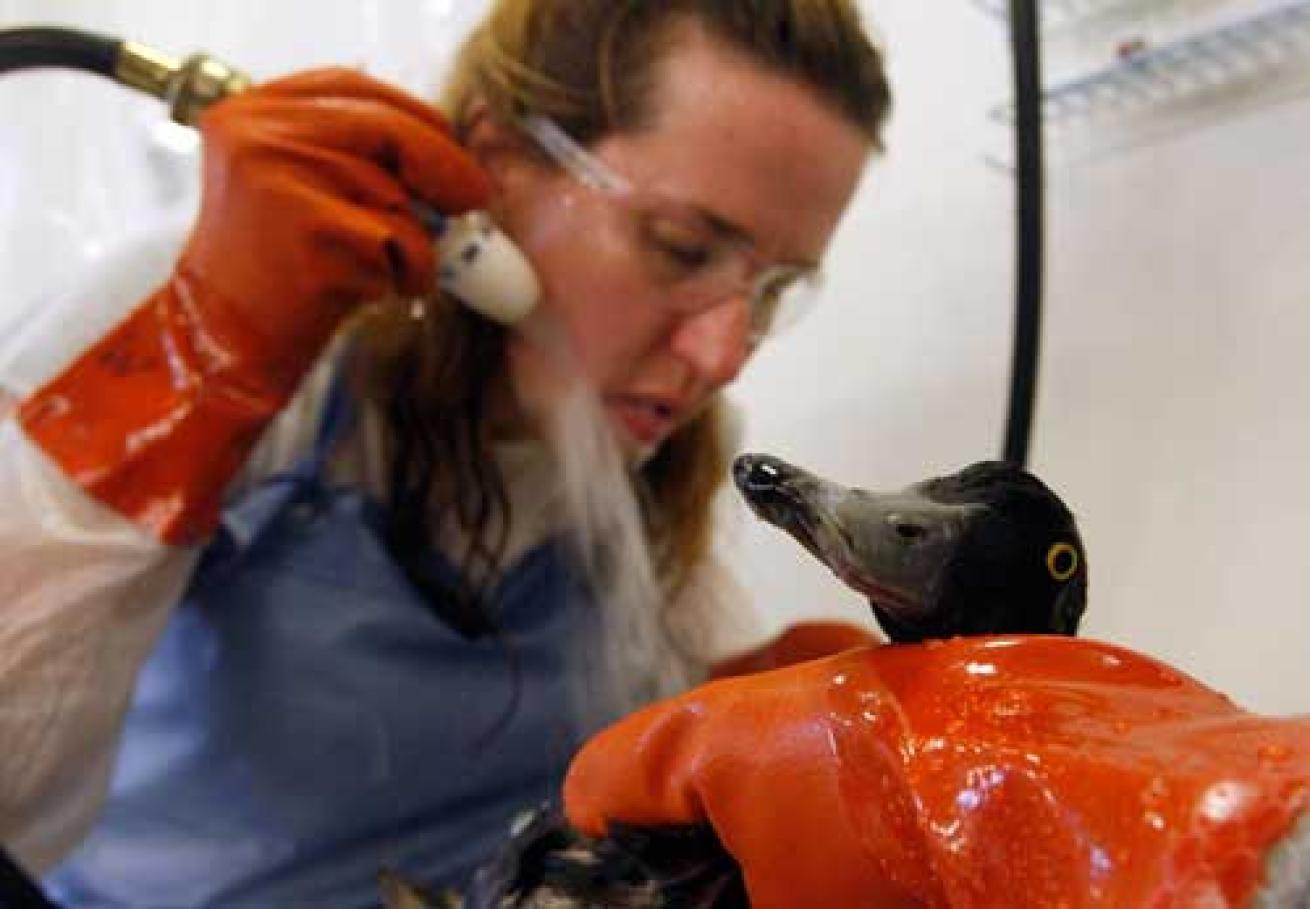
Justin SullivanAn oil-soaked bird is washed at the San Francisco Bay Oiled Wildlife Care Center November 16, 2007 in Cordelia, California. About 949 oil-soaked birds were collected alive and 933 were found dead as clean up continues and a criminal investigation is underway following a maritime accident with the container ship Cosco Busan striking the base of the Bay Bridge, releasing 58,000 gallons of oil into the bay.
by Katie Poggio
There's no question that the marine life suffers when caught in an oil spill. And while the long-term affects on animals due to oil pollution are still being researched, we're thankful for the wildlife responders and volunteers who try to rescue these victims before it's too late.
Between 700,000 to 1,000,000 species call the great blue abyss “home.” This thriving ecosystem, which makes up 71 percent of our planet, is filled with unique creatures from crustaceans to mammals. They face threats from many human activities, including oil spills such as May's spill off the Southern California coast.
Oil pollution can mean a death sentence for organisms beneath the sea as well as above it. Without the help of wildlife responders, oil-saturated animals would struggle to survive as they fight infection, dehydration, malnourishment and hypothermia. Fortunately, volunteers, veterinarians, biologists and other specialists come together in these situations to help address the catastrophe.
What Is Oil Pollution?
Accidental release of hazardous liquid petroleum hydrocarbon into an ecosystem, especially the ocean, is an oil spill.
Oil has many ways of finding its way into the oceans – it may be leaking from a tanker like the Exxon Valdez incident in 1989 or released by a broken offshore pipeline such as in the recent Refugio State Beach incident – and it means a massive outlay of resources to both clean up the water and the animals
“The consequences of what you can’t see are as important as what you can see. You can’t ever get it all out. There are so many nooks and crannies where the oil can hide,” Phyllis Grifman, associate director of the USC Sea Grant Program, told The Guardian.
How Is Marine Life Affected by Oil Pollution?
Marine birds, fish, dolphins, crustaceans, seals and otters are all vulnerable to oil spills. When dolphins surface to breathe, oil-saturated water can cover their blowhole, impair their breathing and enter their lungs. Marine birds may be unable to fly with oil-soaked feathers, so they attempt to clean themselves but end up accidentally swallowing the toxic substance, causing damage to their organs. Dead fish washing ashore are some of the most prolific victims of a large spill.
The recent spill off the coast of Santa Barbara released more than 100,000 gallons of crude oil into the ocean, resulting in the death of 195 birds and 106 marine mammals. Wildlife responders rescued 57 birds and 62 marine mammals.
The Deepwater Horizon incident of 2010, the largest accidental marine oil spill, released 4.9 million barrels, affecting 8,332 species.
Researchers are still trying to determine if oil can damage marine animals’ long-term health leading to issues with vision, reproduction, digestion and more.
How Can You Help?
Support organizations that are rescuing animals and conducting research on oil pollution.
Decrease your fossil fuel usage by car pooling, taking public transportation or using that bike you always say you’re going to get back on. Being fuel-efficient is a way to make the most of the gasoline and decrease the demand for it. Ensure your car or other motorized machines are not leaking oil. When disposing of old oil, do so properly. Consider eating less meat — carbon emissions from factory farming account for up to 51 percent of global greenhouse gases.
Raise awareness by telling a friend, co-worker or neighbor about the affects of oil pollution and encourage them to seek more information.


